Choosing a suitable phone for elderly individuals can significantly improve their quality of life. Older adults often face challenges such as declining vision, hearing difficulties, reduced dexterity, and memory issues.
A phone designed with these factors in mind helps seniors stay connected with family and friends, enhances their safety, and promotes independence.
Senior-friendly phones also provide quick access to emergency services, improving peace of mind for both users and their families.
Key Factors to Consider
Key factors to evaluate when choosing a phone for seniors include:
- User-friendliness
- Accessibility features
- Safety options
- Battery performance
- Sound clarity
- Camera quality
- Network compatibility
Selecting the right phone for seniors involves more than just looking at basic features. Phones designed for older adults should focus on ease of use, accessibility, and safety while offering dependable battery life and sound quality.
Seniors often face challenges with vision, hearing, and dexterity, so phones with thoughtful design and well-integrated features can make communication and day-to-day tasks easier.
Ease of Use
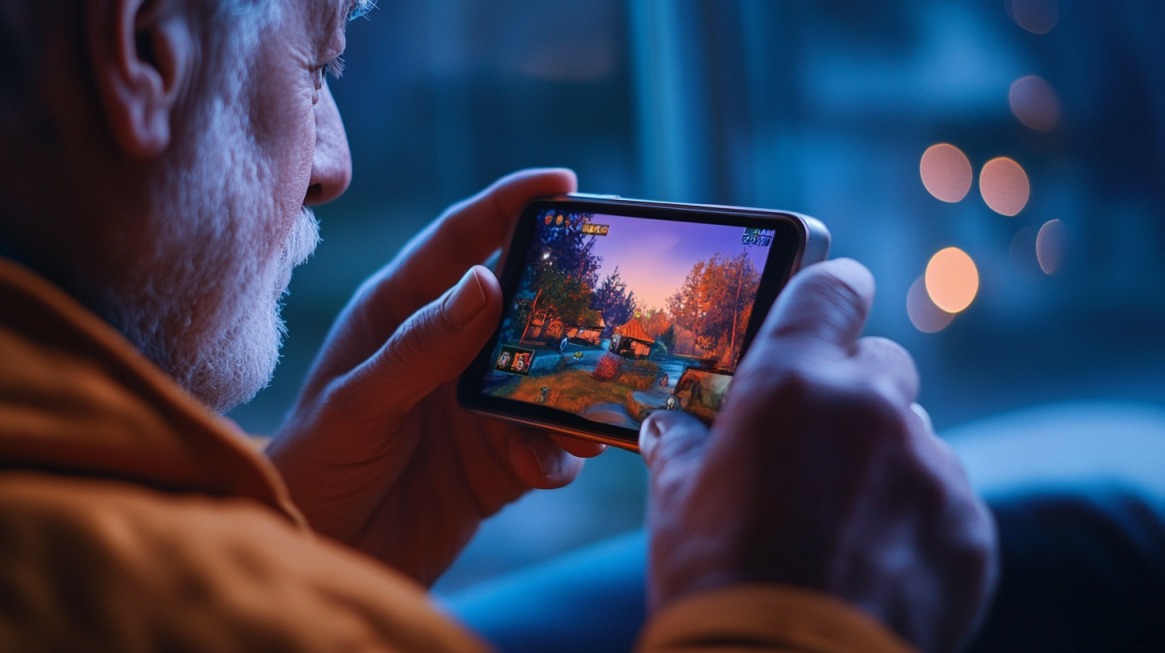
Phones for seniors should prioritize simplicity and user-friendliness to reduce frustration and confusion.
Large, clear screens and high-contrast icons improve visibility, especially for seniors with declining eyesight.
Menus should be straightforward to navigate, with minimal sub-menus and clearly labeled buttons.
- Large screens – Screens measuring at least 5.5 inches improve readability and make touch commands easier to manage.
- Simple menus – Direct navigation and quick access to frequently used features reduce confusion.
- Voice command and voice-to-text – Seniors with reduced dexterity benefit from the ability to operate phones using voice commands.
- Touch sensitivity adjustments – Phones that allow users to adjust touch sensitivity help seniors avoid accidental taps or missed inputs.
Accessibility Features
Strong accessibility features help seniors manage common age-related challenges such as:
- Poor eyesight
- Hearing loss
- Mobility issues
Phones should provide customizable options to suit individual needs and physical limitations.
- Adjustable font size and display settings – Larger fonts and high-contrast modes improve text and icon visibility.
- Voice control and screen readers – Hands-free operation through voice control and screen readers makes it easier for seniors with vision issues to use the phone.
- Hearing aid compatibility – Phones that support hearing aids with minimal interference improve sound clarity and communication.
- Medical information storage – Phones with built-in health features, like emergency contact lists and medical ID storage, help seniors in case of health-related emergencies.
- Emergency buttons – A dedicated emergency button that connects directly to emergency services provides added security.
Safety and Emergency Features
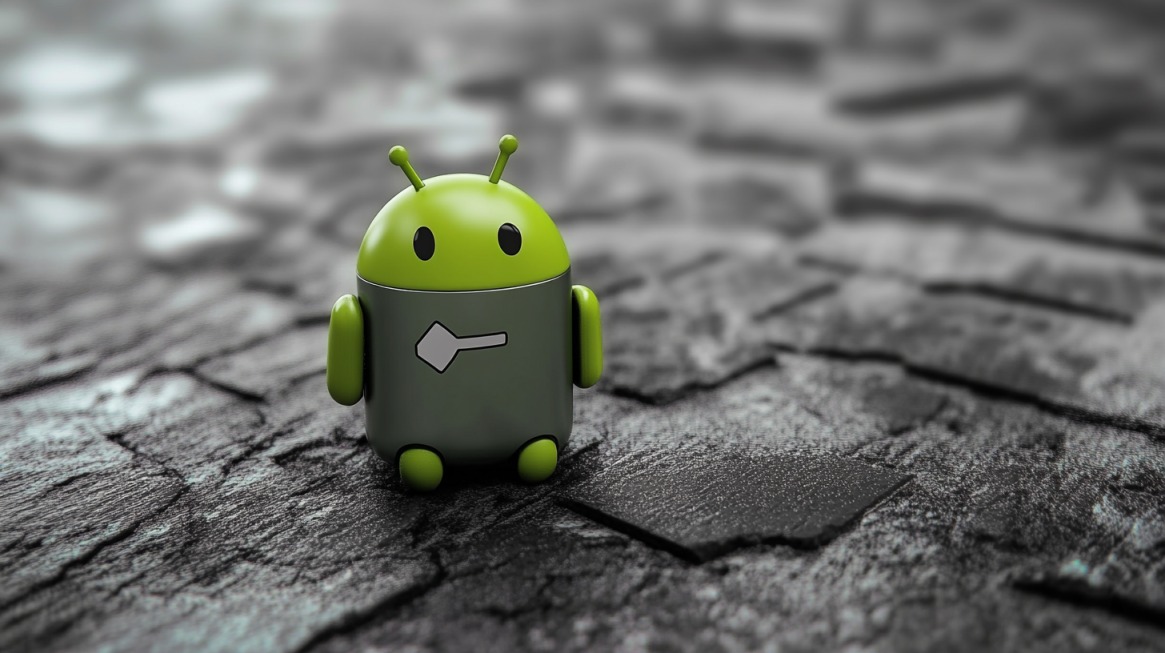
Safety features give seniors and their families peace of mind.
Phones with automatic alerts and location tracking provide an extra layer of protection.
- Emergency SOS button with GPS tracking – A single press of the button sends location information to emergency contacts and services.
- Crash detection and automatic alerts – Phones like the iPhone 16 Plus detect sudden impacts and notify emergency services automatically.
- Loneliness alerts – Certain phones, such as the RAZ Mobility phone, monitor inactivity and alert caregivers if the user has not engaged with the phone for a set period.
- Remote monitoring – Caregiver-controlled settings and check-ins allow family members to assist seniors remotely.
Battery Life
Long-lasting battery life reduces the need for frequent charging and ensures the phone remains operational during emergencies.
Seniors benefit from phones that can hold a charge for an entire day or longer.
- Extended battery life – Phones that last 24 hours or more on a single charge reduce the need for constant recharging.
- Fast charging options – Fast charging, available on models like the OnePlus Nord CE2, allows phones to reach significant charge levels within 30 minutes.
- Battery health monitoring – Phones with battery health indicators help users manage charging habits and extend battery longevity.
Sound Quality
Clear sound quality is essential for effective communication, especially for seniors with hearing impairments.
Phones should offer volume control and background noise reduction to ensure that conversations are easy to follow.
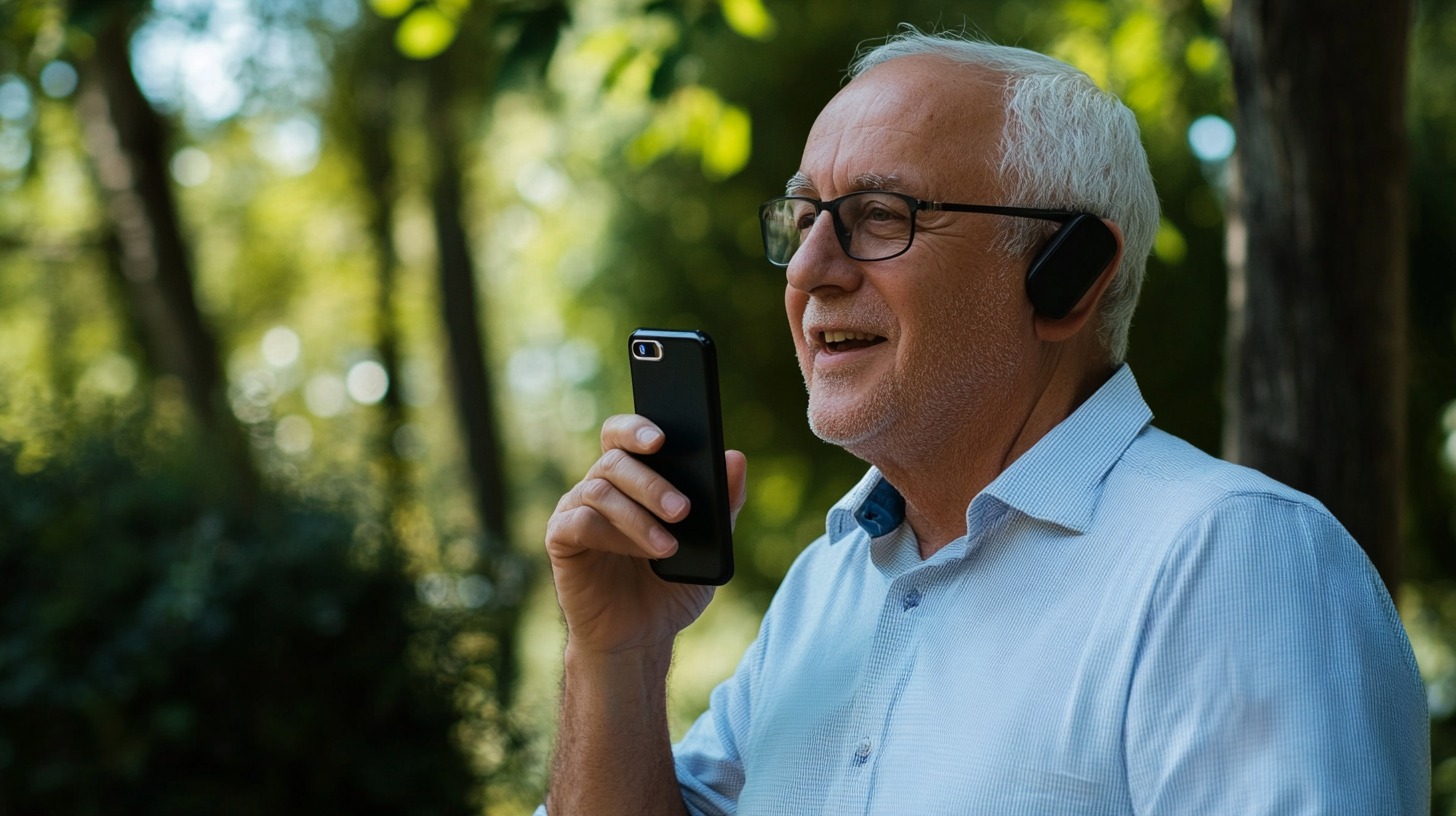
- Adjustable volume settings – Phones with customizable volume controls let seniors adjust levels based on their hearing needs.
- Noise cancellation – Background noise reduction improves call clarity, even in noisy environments.
- Speakerphone options – High-quality speakerphone settings allow hands-free communication without distortion.
Camera Quality
Good camera quality allows seniors to capture and share important moments with family and friends.
Phones with simplified photo modes and automatic enhancement features make photography easier.
- High-resolution cameras – Cameras with at least 12 megapixels ensure crisp, clear photos.
- AI-enhanced editing – Phones like the Pixel 9 offer automatic image adjustments, improving brightness, contrast, and sharpness without requiring manual editing.
- Easy photo sharing – Simple options to send photos through messaging apps or social media help seniors stay connected with loved ones.
Network Compatibility
Reliable network connectivity ensures that seniors can stay in touch and access essential services without interruptions. Strong coverage and fast internet speeds enhance overall performance.
- 4G and 5G compatibility – Phones that support both 4G and 5G provide faster internet speeds and better coverage.
- Wi-Fi calling – Wi-Fi calling helps maintain clear call quality in areas with poor cellular reception.
- Roaming support – Phones with international roaming options allow seniors to use their phones while traveling without switching SIM cards.
Types of Phones Suitable for Seniors
Finding the right phone for seniors means considering both functionality and ease of use.
Seniors often face challenges with technology, including small buttons, complicated interfaces, and limited accessibility options.
- Clear displays
- Simplified menus
- Enhanced sound quality
- Emergency features
Some seniors prefer full-featured smartphones that provide advanced functionality and health monitoring, while others benefit more from basic phones with straightforward operation and emergency accessibility.
Exploring both categories helps to determine which type of phone fits a senior’s individual needs.
Full-Featured Smartphones
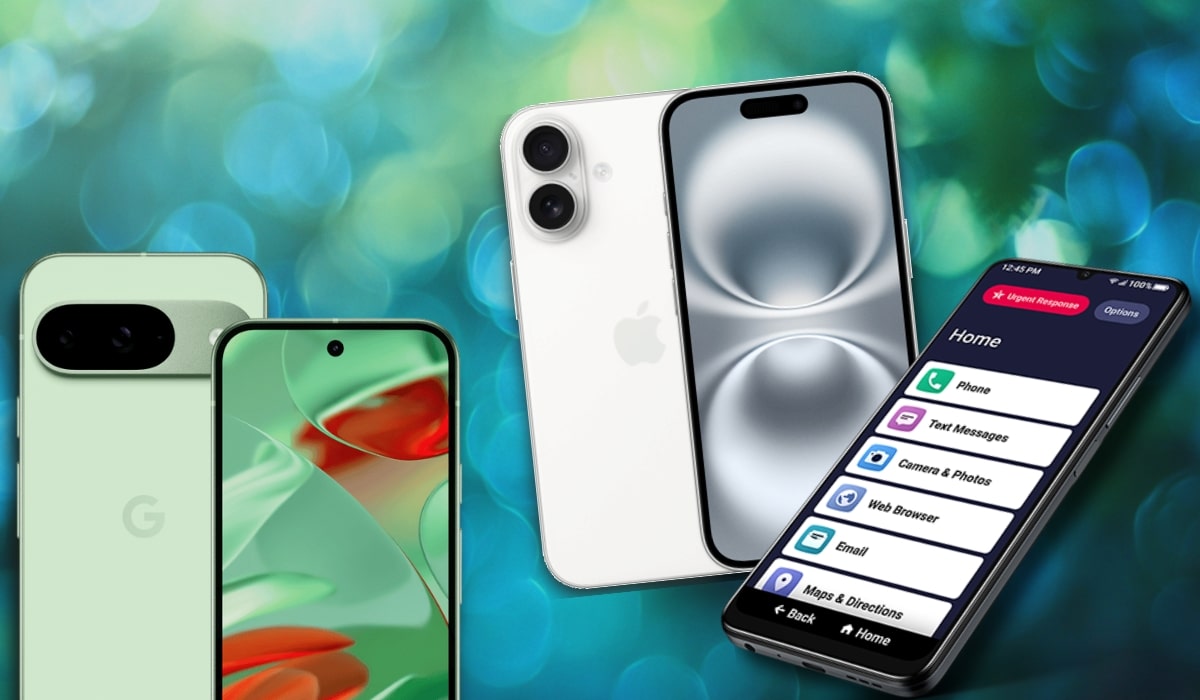
Full-featured smartphones combine advanced technology with features that accommodate the specific needs of seniors.
These phones provide smart functionality without sacrificing ease of use.
Apple iPhone 16 Plus
Known for its user-friendly interface and health-oriented features, it provides large, clear icons and responsive touchscreens.
Seniors benefit from voice control, which allows hands-free operation. Emergency SOS functionality ensures immediate access to help.
Health tracking capabilities, including heart rate monitoring and fall detection, offer an extra layer of safety.
- Large icons and clear text improve visibility
- Voice control allows easy, hands-free use
- Emergency SOS feature connects directly to emergency services
- Health tracking provides real-time monitoring of heart rate and falls
Google Pixel 9
Customizable settings and AI-powered assistance make the Pixel 9 ideal for seniors.
The voice-to-text function simplifies communication, especially for those with hearing or vision difficulties.
AI-enhanced camera technology allows seniors to capture high-quality images effortlessly.
- Customizable interface adapts to senior needs
- Voice-to-text reduces the need for manual input
- High-resolution camera with AI support improves picture quality
- Adaptive brightness and display settings enhance visibility
Lively Jitterbug Smart4
Specifically designed for seniors, it features a simplified interface with large buttons and direct access to emergency services.
The health and safety tools include medication reminders and health tracking.
- Large buttons and clear text minimize user errors
- Built-in emergency button connects to 24/7 support
- Health tracking helps seniors manage daily health needs
- Simplified interface reduces technological confusion
Simple Phones with Basic Functions
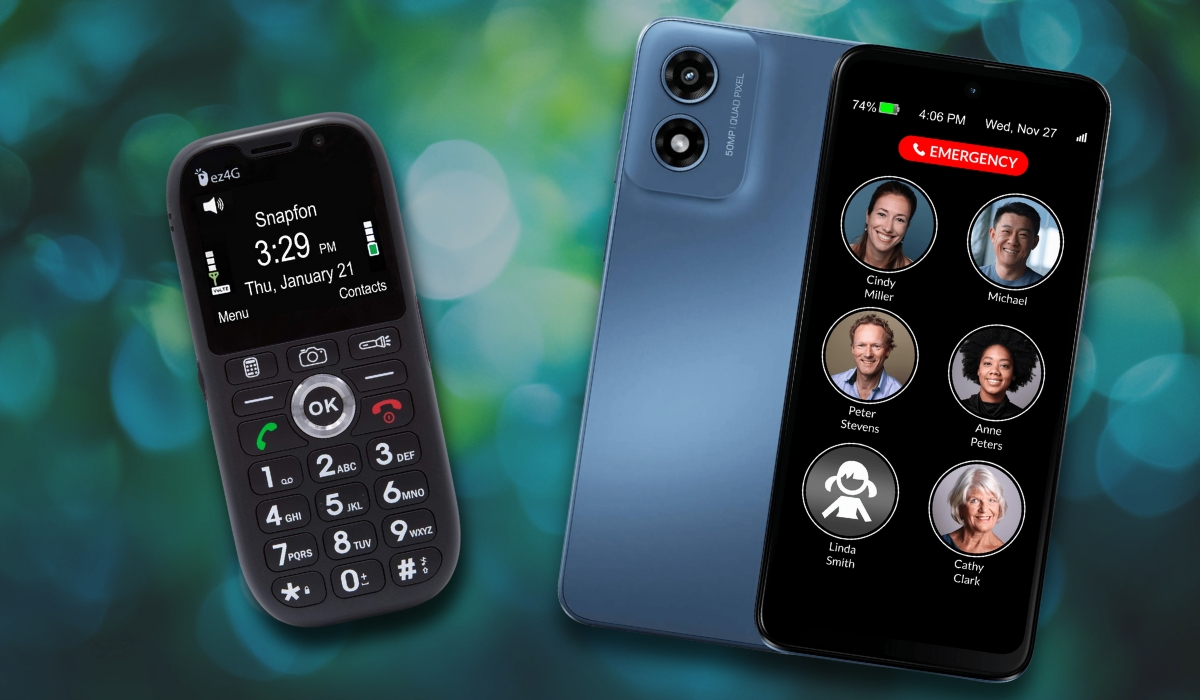
Basic phones focus on core functionality and user-friendly design. These phones cater to seniors who value simplicity and reliability over advanced features.
RAZ Mobility Memory Cell Phone
Designed for seniors with cognitive challenges, it simplifies calling and navigation. Picture-based calling allows seniors to connect with family members by tapping a photo instead of dialing a number. Caregiver-controlled settings enable remote adjustments to ensure proper use.
- Picture-based calling improves ease of use
- Caregiver-controlled settings prevent accidental changes
- Simplified navigation reduces confusion
- Emergency button connects seniors to help immediately
Snapfon ez4G
Large buttons and amplified sound settings improve accessibility for seniors with hearing or vision impairments.
A dedicated SOS button provides instant access to emergency services.
- Oversized buttons allow easy dialing
- High-volume settings accommodate hearing loss
- SOS button ensures fast emergency response
- Simple interface reduces learning curve
Doro Flip Phones
Flip phones provide a compact design with straightforward functionality.
The high-contrast display improves visibility, and an emergency call button adds an extra layer of security. The flip design protects the screen and keypad when not in use.
- High-contrast display enhances readability
- Emergency button offers quick access to help
- Flip cover protects screen and keypad
- Lightweight design makes it easy to carry
Advanced smartphones and simple phones each offer different benefits, making it easier for seniors to find a model that suits their needs.
Balancing functionality with ease of use allows seniors to feel more comfortable and confident using their phones.
The Bottom Line
Choosing the right phone for seniors involves balancing simplicity with functionality.
Phones that provide easy-to-use interfaces, strong accessibility features, and reliable safety options ensure that seniors can stay connected, secure, and independent.
Prioritizing comfort and long-term usability helps seniors feel more confident using modern technology.

